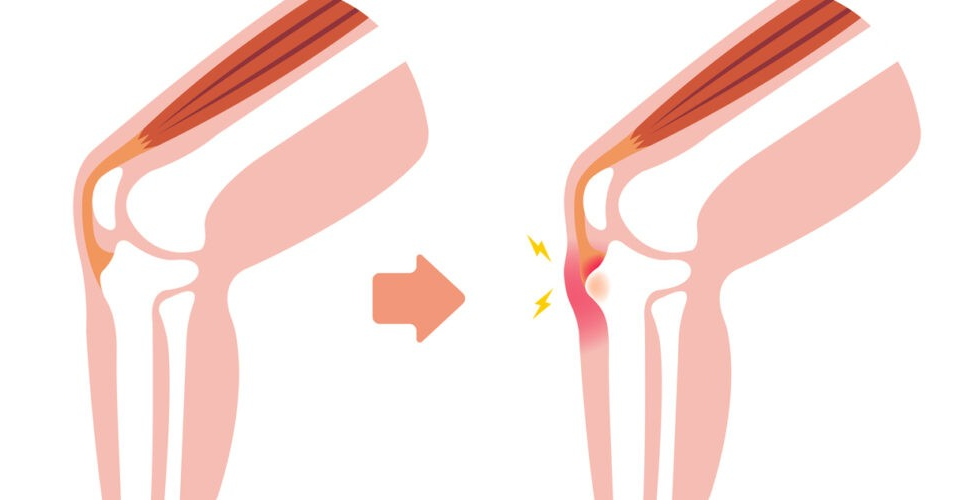The apophysis is a normal outgrowth on long bones where tendons or ligaments attach. These areas will continue to fuse and harden as children get older and their growth plates fuse.
Apophysitis is a condition of overuse and inflammation at these apophysis sites. It is the result of repetitive stress from activities/sport. These injuries will worsen with activity and improve with rest. Since the apophysis growth plate is still open, combined with the repetitive action of muscles, this makes these areas especially vulnerable to injury.
Some common overuse apophysis injuries include:
1. Osgood-Schlatter’s Syndrome (knee)
2. Sever’s Syndrome (heel)
3. Little League Elbow (elbow)
4. Iselin’s Syndrome (outside of the midfoot)
Osgood-Schlatter’s
This is apophysitis at the tibial tuberosity, or the bony bump at the top of your shin. This is where the quadriceps muscle attaches onto the shin via the patella tendon.
Signs and Symptoms
– Pain and/or swelling at the tibial tuberosity
– Pain at the knee when participating in sport/activity, especially running and jumping
– A recent growth spurt
– Symptoms resolve with rest
Sever’s
This is apophysitis of the calcaneus (heel bone). This is where the gastrocnemius and soleus muscles attach onto the foot via the Achilles tendon.
Signs and Symptoms
– Pain at the heel when participating in sport/activity, especially with running and jumping
– Pain and/or swelling at the heel
– A recent growth spurt
– Symptoms resolve with rest
Assessment
Physiotherapy assessment will begin with a subjective interview to gain insight into the history of the pain to determine if it is or isn’t apophysitis. Your GP may have requested an X-ray of the area which can help determine diagnosis, but it will sometimes come back normal.
The physiotherapist will look at:
– Squats
– Jumps and hops
– Calf raises
– Palpation of the painful area
– Muscle strength and length testing
Management
Apophysitis generally starts with a period of relative rest. Depending on the aggravating activities, other sports may be tolerated better in the meantime. For example, instead of going to soccer, riding a bike or swimming may be less painful.
Strengthening and stretching exercises are also essential to managing apophysitis. This might include stretching the quadriceps, hamstrings, calves and glutes. Strengthening of the affected muscles will also be key.
– Double leg glute bridges
– Theraband quad extensions
– Hip abduction exercises
– Squats or lunges
– Double or single leg calf raises
Other management strategies may include:
– Soft tissue mobilisation of the affected muscles
– Foam rolling or spikey ball at home
– Movement retraining
– Rigid taping or KT taping of the affected area for symptomatic relief





